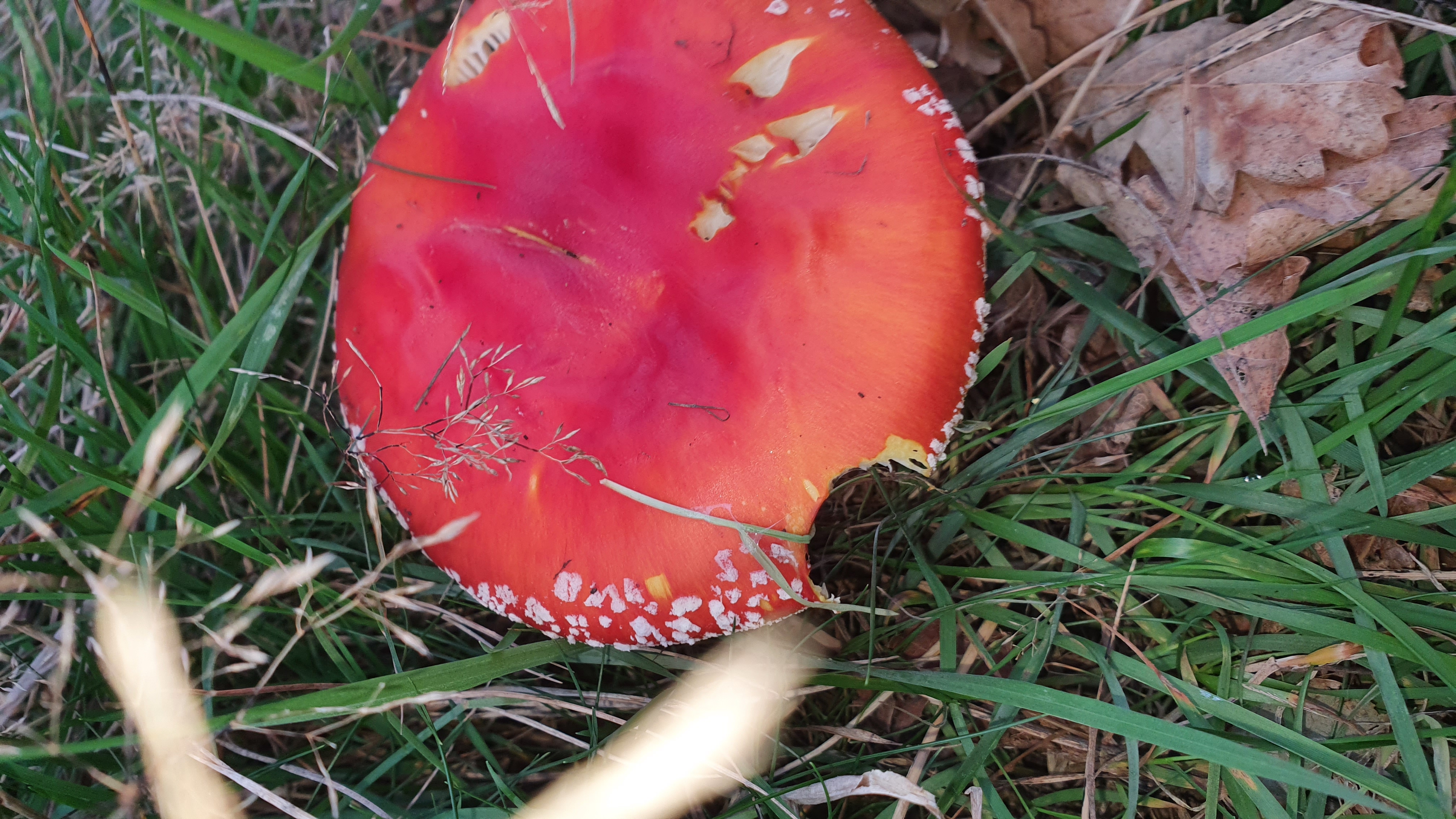Fly Agaric
Amanita muscaria
Identification: Amanita muscaria (Fly Agaric). Contains neurotoxins.

1 / 2
All Images (2)
Key Features
- Bright red to orange cap
- White
- patchy remnants (warts) on cap surface
- White
- crowded
- free gills
- Robust
- pale yellow stem with annulus remnant
- Growing in soil
- likely mycorrhizal
Color:
Bright red cap; white gills and stem
Smell:
No distinctive smell
Growth Pattern:
Single
Environment:
Soil
Habitat & Distribution
Habitat:
Forest edge or grassland, associated with conifers or hardwoods
Distribution:
Widespread across Northern Hemisphere (Europe, Asia, North America)
Seasonality:
Late Summer to Autumn
Critical Features for Confirmation
- Stem base (volva) is missing, preventing full assessment of basal structure, critical for Amanita identification.
Economic Value
Market Demand:
None - toxic
Price Range:
N/A
Commercial Use:
None
Toxicity Information
Symptoms:
- Nausea and vomiting
- Confusion and delirium
- Muscle spasms
- Dizziness
Onset Time:
30 minutes to 3 hours
First Aid:
- Seek immediate medical attention
- Contact poison control center
Emergency Contacts:
- 911 (US)
- 112 (EU/EEA)
- Poison Help (US): 1-800-222-1222
Similar Species
Panther Cap
Amanita pantherina
Key Differences:
- Cap is brown to dark brown, not red
- Warts are typically smaller and whiter
The Sickener
Russula emetica
Key Differences:
- Lacks a ring or volva
- Stem is brittle and snaps easily
- Gills are attached (adnate)
Recommended Action
Do not consume. Handle minimally. Secure specimen for disposal. Wash hands immediately.